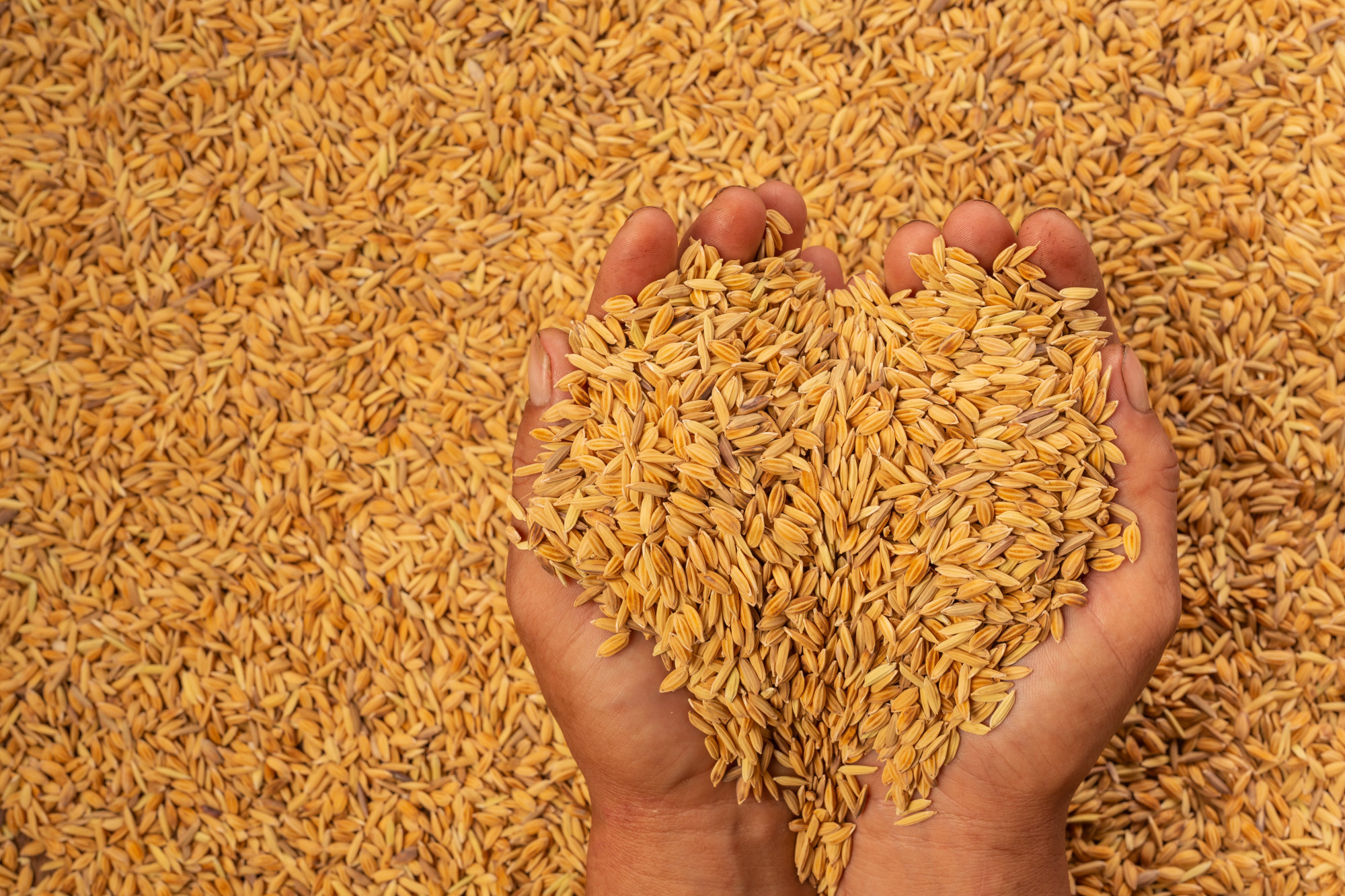We inherit our looks and quirks from our parents. But, we are not an equal product of our parent's genes. Certain genes on our maternal and paternal DNA do not contribute equally to our genetic instructional manual. Epigenetics or certain modifications in the DNA turn off one copy of the gene from either of the parents. Even though we inherit two copies of that gene, only one copy is expressed. This genomic imprinting plays out in all womb-bearing mammals and flowering plants, influencing their growth and development in fascinating ways.
A recent study from NCBS reveals how genomic imprinting works inside the endosperm– nutrition factory of the seeds.
Researchers identified a new regulatory protein crucial for genomic imprinting in rice, findings, that could lead to the development of genetically modified rice varieties with larger seeds in the future.
Endosperm, besides nutrition, also controls seed germination. The development of the triploid endosperm is regulated by genomic imprinting.
“Genomic imprinting shows up only in the womb nourishing tissues because these tissues manage a sort of ‘tug-of-war’ over nutrients between the parents. Here’s the basic idea: father’s genes want to pull as many nutrients as possible to the baby or seed to boost growth, while mother’s genes want to keep things in check so she has enough resources left for her future offspring. Imprinting helps find a balance by allowing certain genes from each parent to be switched on or off in these tissues, ensuring the baby or seed grows well without draining mother’s energy completely.” says Avik Kumar Pal, the lead author of the study.
Avik and the team used well-resolved spatial transcriptomic and genetic analysis to study rice plants and identified a gene–OsCLSY3, active only in the endosperm. This gene is part of the CLASSY protein family, known for switching off other genes by adding methyl groups to the cytosine residues in the DNA via tiny molecules called small RNAs. Through knockout studies, when they deleted OsCLSY3 in the rice seed, the plants became sterile. However, when they boosted the gene's activity, the rice seeds grew significantly larger. By genotyping and comparing the genome with parents, the team concluded that OsCLSY3 was inherited from the mother.
But, How does this gene get the silent treatment outside the endosperm?
Through biochemical experiments and studies on mutant plants, researchers found that tiny small RNA molecules play a crucial role in silencing the OsCLSY3 gene. Outside the rice endosperm, another CLASSY protein OsCLSY4 sends out small RNAs that slap methyl tags on OsCLSY3, turning it off like a light switch. Inside the endosperm, the methyl ‘off switches’ are removed with the help of the protein - OsROS1. In turn, OsCLSY3 unleashes a wave of similar small RNA molecules that control a legion of gene activity in the endosperm, influencing the growth and development of rice.
“Understanding how endosperm, a tissue that is the major food source for humans, develops among cereals is not well-known. Our efforts to identify upstream regulators in this process is a step in the right direction. We hope the regulators that we identified here will be used for improving yield and nutritive content of rice.” says Dr Shivaprasad, the principal investigator of the study.
Link to the full study: www.nature.com/articles/s41467-024-52239-z









0 Comments